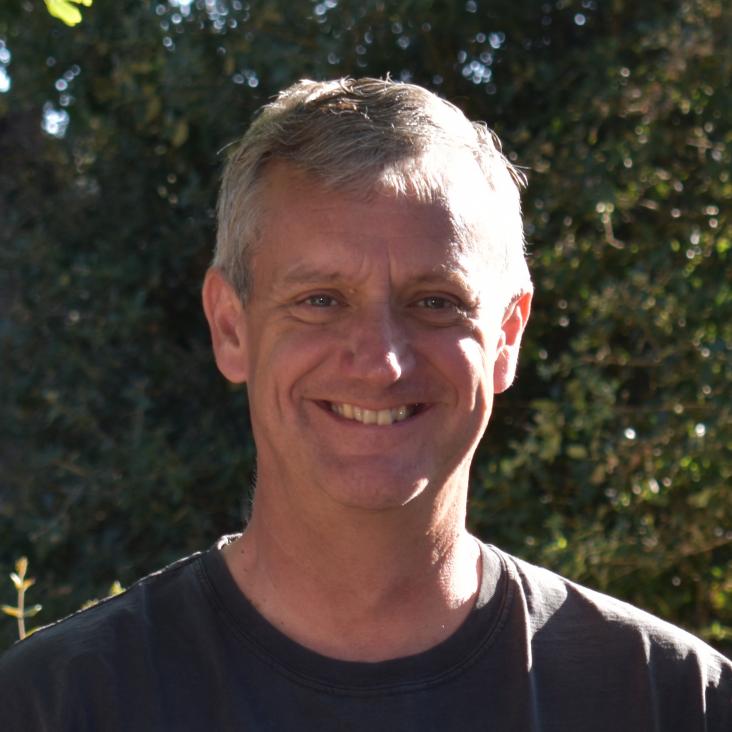Exploring the Saturn System in the Thermal Infrared: The Composite Infrared Spectrometer
Chapter in The Cassini-Huygens Mission, Springer Nature (2004) 169-297
Retrievals of jovian tropospheric phosphine from Cassini/CIRS
ICARUS 172:1 (2004) 37-49
Feasibility study of a stratospheric-airship observatory
Proceedings of SPIE - The International Society for Optical Engineering 4857 (2002) 227-238
Abstract:
This paper explores the concept of utilizing a long duration stratospheric airship as an astronomical observatory in the sub-millimetre wavelengths. In the first section of the paper, a conceptual description of the airship platform is presented along with the principles of operation of the platform. The results of a computer design code and trajectory simulation code are presented. These codes show that through the use of a modest power and propulsion system, the difficulty of constructing such a such a platform is greatly reduced. Finally, the results of a brief study into the accommodation and optical performance of a Ø3.5m class telescope and photometric and spectrographic instrument similar to the Herschel/SPIRE system within such an airship are presented. This study indicates that while the atmospheric absorption and emission characteristics impose some limitations on the spectrographic and photometric performance of the system in the 200μm to 1000μm band, the overall performance is more than adequate to render the concept viable and complementary to existing and planned ground, airborne and space based observatories.The retrieval of cloud structure maps in the Equatorial region of Jupiter using a principal component analysis of Galileo/NIMS data
Icarus 156 (2002) 52-63
Correlation of near-infrared albedo and 5-micron brightness variations in Jupiter's atmosphere
ADV SPACE RES 29:2 (2002) 285-290


